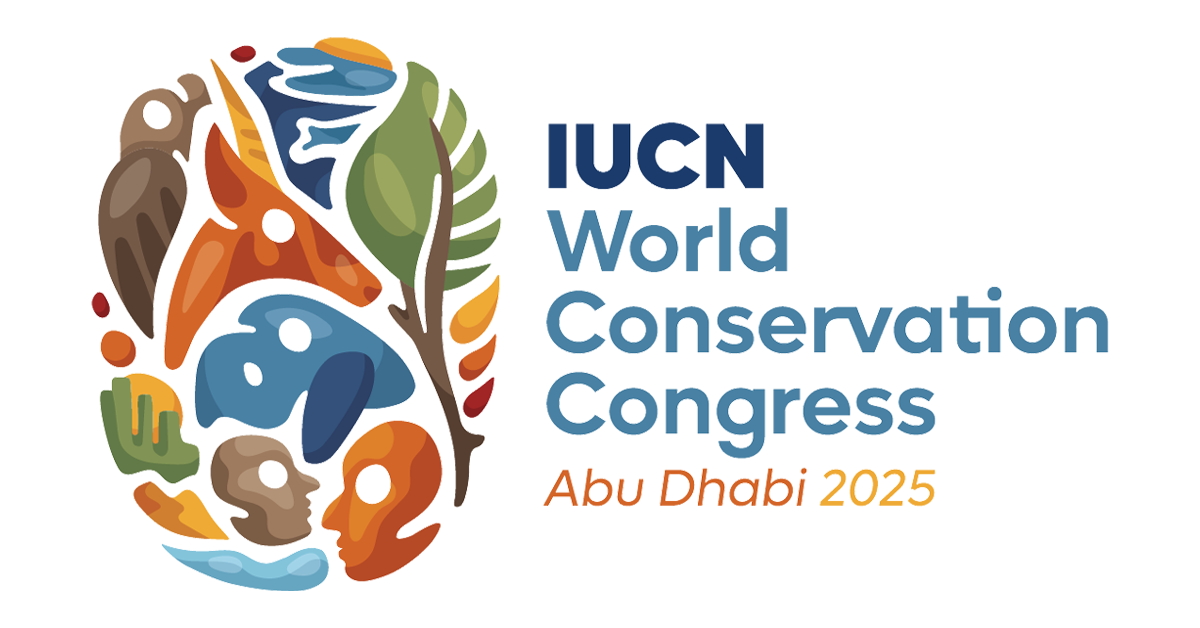
A motion slated for discussion urges a halt on genetically modifying flora, fauna and microbiomes in nature, warning the “practices, values and principles of nature conservation” are at stake. Critics of the proposal, including the Canadian Biotechnology Action Network and Stop Gene Drive campaign, warn that gene‑edited organisms could cross borders uncontrollably or irrevocably alter delicate ecosystems. Echoing this sentiment, a coalition of NGOs and campaigners from across Europe, Africa, the Americas and Asia argue that existing international biosafety frameworks are ill‑equipped to handle irreversible interventions in complex environments.
Opposition to genetic engineering is rooted in long‑standing IUCN policy. In 2004, the union adopted Resolution 3.007 mandating a moratorium on further GMO releases; the 2025 motion seeks to extend these constraints to modern synthetic biology, including gene drives and self‑spreading vaccines. Critics charge that the definitions in the draft policy remain vague, that risk‑assessment processes are insufficiently robust, and that Indigenous perspectives have been sidelined during policy drafting.
By contrast, a public letter signed by more than 100 scientists and organisations—among them the American Bird Conservancy, Charles Darwin Foundation and Colossal Biosciences—calls the moratorium proposal “an obstacle” to conservation science. They posit that synthetic biology could offer cost‑effective, scalable solutions to conservation challenges. Examples include engineering disease‑resistant corals to mitigate reef bleaching, modifying frogs to resist deadly fungal infections, and deploying rodents engineered to curb invasive species.
Colossal Biosciences, which announced the creation of a “de‑extincted” dire wolf in April, is among the signatories warning that a moratorium could suppress research momentum. They argue that scientific tools, including synthetic biology, are essential to address problems that traditional conservation methods—such as manual coral planting or moving species—cannot manage on a global scale.
Academic voices add layers of nuance to the debate. Dr Alexander Lees of Manchester Metropolitan University concurs that synthetic biology remains divisive but suggests that targeted applications—such as species‑specific biological control—may hold real promise. Prof William Kunin of Leeds University similarly observes that alternatives to genetic approaches, like pesticides or habitat drainage, may pose equal or greater ecological harm. A middle‑path motion under consideration promotes a case‑by‑case evaluation framework rather than a blanket ban.
IUCN’s policy deliberations have spanned several years. After adopting Resolution 075 in 2021—which mandated a three‑year study on synthetic biology—regional meetings raised procedural and transparency concerns. A more recent NGO analysis of the draft policy raises questions about fuzzy synthetic biology definitions, insufficient ethical safeguards, and lack of clarity on risk‑assessment criteria.
The two motions before the 2025 Congress diverge sharply. One calls for an enforceable moratorium; the other promotes a precautionary but flexible policy, urging case‑specific assessments. Debates will take place in the Members’ Assembly from 13 to 15 October, following earlier Forum and Exhibition sessions.
Abu Dhabi, which hosts the IUCN President Razan Al Mubarak—also managing director of the Environment Agency – Abu Dhabi—brings additional weight to the proceedings. As the largest conservation gathering in four years, the Congress will set global agendas and signal the direction of nature‑preservation policy well into the next decade.
Opponents argue that without a moratorium, governance could lag behind rapidly evolving technologies. Synthetic biologists are developing gene‑drive organisms capable of self‑propagation, raising concerns about irreversible ecosystem change, transboundary impacts, and threats to keystone species or microbial communities. Supporters counter that neglecting to harness these tools may prove riskier, given the scale of biodiversity decline—nearly one in four species face extinction—and limits of conventional interventions.
Ethical considerations centre on equity, indigenous consent and generational responsibility. Critics suggest deploying irreversible tools without full community engagement may violate Indigenous values and international equity norms. Supporters advocate controlled, transparent use aligned with ethical and scientific oversight frameworks.
Topics
UAE
